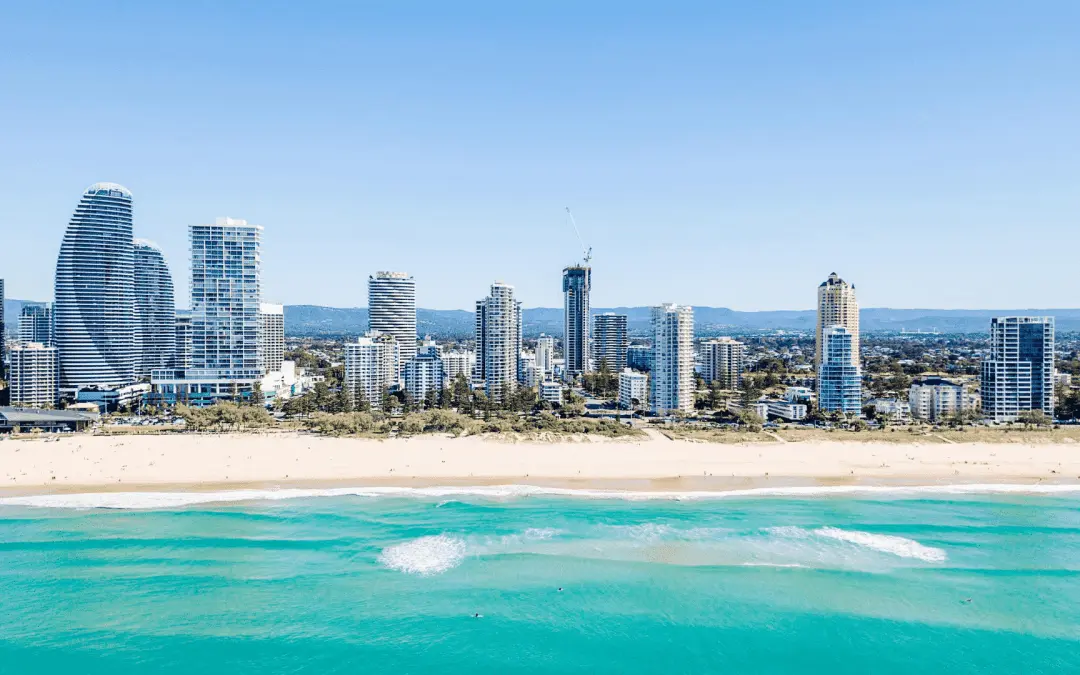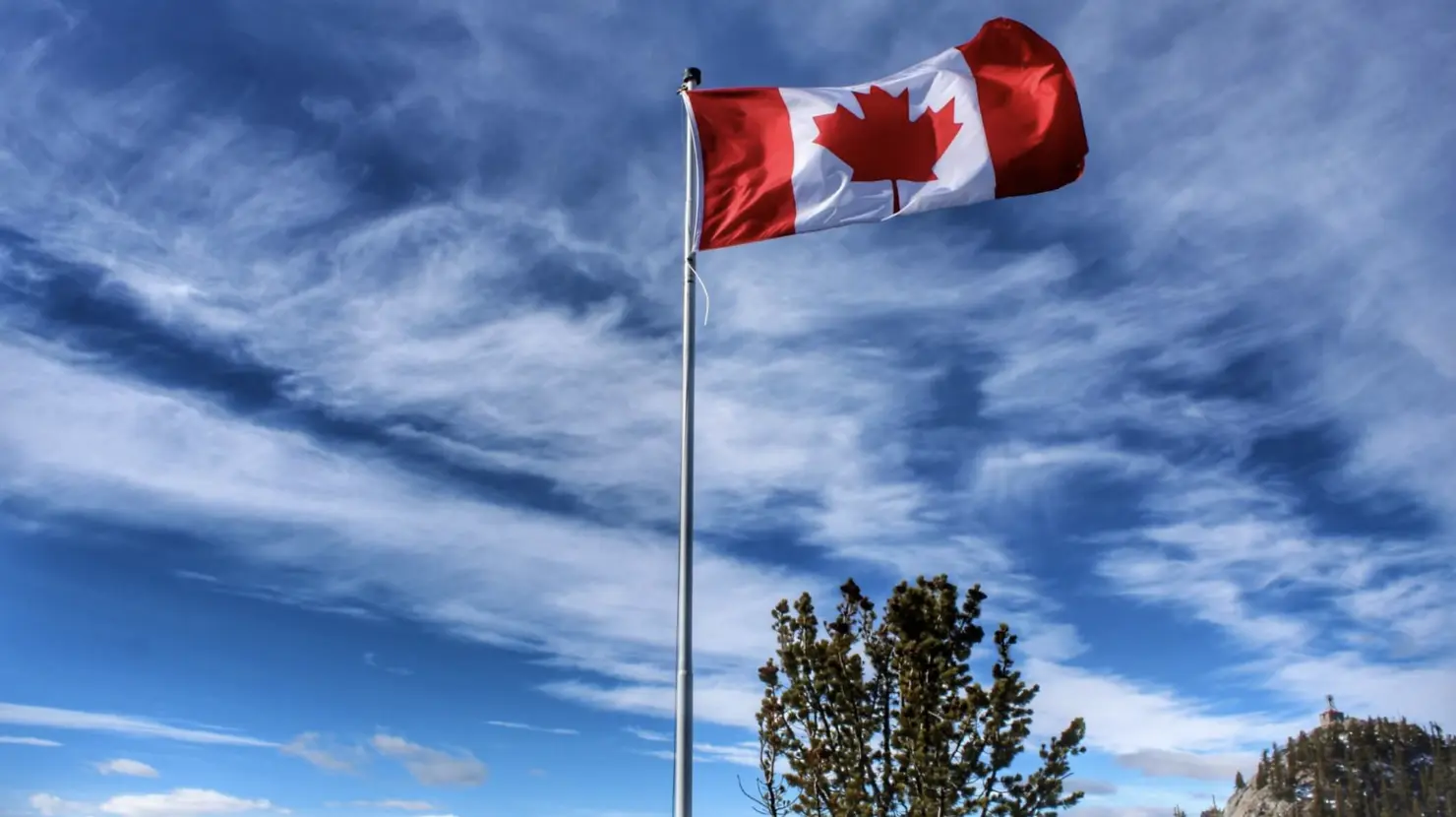Work Abroad
How To Write A Canadian Resume And Cover Letter
By
As remote jobs are becoming more popular and taking over, the range of your potential employers may expand internationally. Meanwhile, if you have the intention of applying for jobs in Canada, you must know how to write a Canadian Resume and cover letter.
Your resume layout and linguistic nuances will help you impress hiring managers in the job market. Furthermore, you must be conversant with how to write a Canadian resume and cover letter to help you improve your opportunity of securing a job in the country.
In this article, we’ll explain what a Canadian resume format is and the differences between Canadian and US resumes. We will also explain how you can write a Canadian resume and cover letter to help you prepare yours. Now, let’s dive in!
What Is A Canadian Resume Format?
A Canadian resume is a document that is used to summarize an applicant’s qualifications for a new job role based in Canada. Generally, it’s a one or two-page document, depending on your personal information, objectives, skills, work experience, educational background, and certifications. Even though it’s similar to a US resume, there are some minor differences in the language you use for a Canadian resume.
Now, let’s take a look at what a Canadian resume includes. Scroll down!
- Resume header with personal information.
- Professional summary.
- Work experience.
- Skills.
- Educational background.
- Additional sections such as foreign languages, certifications, volunteer experience, awards, achievements, as well as publications.
Differences Between Canadian And US Resume Formats
Although there are some minor differences between Canadian and US resume formats, both share numerous similarities. Meanwhile, if your resume is in Canadian format, you can just make small adjustments to change it to a US format. Below are some major differences between Canadian and US resume formats. Read on!
1. Language
When you’re typing your resume for job applications in Canada, ensure you use Canadian English. Typically, it has different spellings for some words, as well as double consonants. You should also check if the province uses Canadian French. For instance, most words that are spelled with an o in the US are spelled with an ou in Canada, such as flavor.
2. Dates
For Canadian resumes, the dates are specified using the Year-Month-Day format. While in the US, the standard format is different, which is Month-Day-Year.
3. Measurements
For a Canadian resume, you will use the metric system, therefore, ensure that you use those measurements on your resume. An example is, you may write that you oversee deliveries in a 50-kilometer radius.
4. Graphics
For Canadian resumes, you do not need to include graphics on it. However, some individuals in the US may use graphics on their resumes to show how creative they are.
How To Design A Canadian Resume Format
Below are steps you can follow to design your Canadian resume format. Scroll down!
1. Choose A Format
Generally, there are two formats that Canadian resumes use, these include the reverse-chronological and the functional format. You should consider your work experience to decide which format is right for your Canadian resume. Now, let’s explain the two formats:
i. Reverse-chronological: This resume format highlights your work experience in reverse-chronological order, starting from your most recent position. We recommend that you use this format if you have at least several years of work experience in a relevant industry.
ii. Functional: This resume format emphasizes your relevant skills, instead of your work experience. Meanwhile, you can choose this format if you have little or no work experience. Or if you have transitioned into a new career.
2. Complete A Resume Header
The resume header format for a Canadian resume is similar to that of the US. You will include your name, phone number, email address, and location. As well as your city, state, province, or territory. Furthermore, in case you have a portfolio or professional networking site, ensure you include a link to it.
You may need to increase the font size of your resume or just type your name in bold letters for employers to easily identify your resume. By providing your contact information, hiring managers will be able to contact you if they want to schedule an interview.
3. Write A Professional Summary
Just below your resume header, write a professional summary. This brief statement is a summary of your top qualifications for the position. You can also highlight your experience, skills, education, and training or career achievements in your professional summary. Additionally, your professional summary must be short to draw the attention of the hiring managers to continue reviewing your resume.
4. Describe Your Professional Experience
Create a new section in your resume to describe your professional experience. Ensure you highlight the positions you’ve held by providing your job title, employer’s name, and employment dates. Furthermore, don’t forget to type your employment dates using the correct format for Canadian resumes.
Under the employment details, use bullet points to describe your duties and accomplishments in each role. Additionally, begin each bullet point with a strong verb explaining the impact of your responsibilities.
5. List Your Skills
Remember to list your skills so that employers will have an idea of the traits and abilities you possess to help you achieve success in your new position. You can also include six to ten relevant skills in this section of your resume. You must go through the job description so you can include the skills listed there on your resume.
With this, your resume may pass through the Applicant Tracking System (ATS) successfully. Most Canadian employers use the ATS to scan lots of resumes for keywords and phrases.
6. Provide Your Educational Background
Generally, your Canadian resume must include educational details at the bottom of the document, just below your skills and experience. Meanwhile, if you recently graduated, you should move this section above your work experience to highlight the formal education you have that’s relevant to the position. Remember to include the name of your diploma or degree, as well as the name of the institution you graduated from.
Tips For Writing A Canadian Resume Format
Below are some useful tips to consider when writing your Canadian resume format.
1. Highlight Relevant Experience
If you have work experience from any Canadian employer or have taken up a volunteer role, highlight it on your resume. You can also showcase other relevant work experience like a project you completed with an international team.
2. Use Keywords
You must go through the job description for keywords you can include on your resume. Moreover, using keywords from the job description can help your resume pass an ATS. This could further improve your opportunity to secure a job.
3. Quantify Your Achievements
Whenever possible, use facts or statistics to quantify your professional achievements. Remember to use Canadian measurements if necessary, as this will show your knowledge of the country.
4. Customize Your Resume
It’s essential to tailor your resume to the specific job that you are applying for. Customizing your resume will allow employers to see how your skills and experience align with the new position.
5. Use A Canadian English Dictionary Or Translation Service
In case you are finding it difficult to write in Canadian English. If you’re applying for a job role located in a province that speaks Canadian French, consider using a dictionary or translation service. This will help ensure that your writing is clear and linguistically correct.






